 Beautiful icon showing St. King Edmund with the instruments of his martyrdom: the arrow and sword.
Beautiful icon showing St. King Edmund with the instruments of his martyrdom: the arrow and sword.The people, relying upon the faith of treaties, thought themselves secure, and were unprepared. However, the good king raised what forces he could, met the infidels, or at least a part of their army near Thetford, and discomfited them. But seeing them soon after reinforced with fresh numbers, against which his small body was not able to make any stand, and being unwilling to sacrifice the lives of his soldiers in vain, and grieving for the eternal loss of the souls of his enemies, who would be slain in a fruitless engagement, he disbanded his troops and retired himself towards his castle of Framlingham, in Suffolk. The barbarian had sent him proposals which were inconsistent both with religion and with the justice which he owed to his people. These the saint rejected, being resolved rather to die a victim of his faith and duty to God, than to do anything against his conscience and religion. In his flight he was over taken and surrounded by infidels at Oxon, upon the Waveney: he concealed himself for some short time, but, being discovered, was bound with heavy chains and conducted to the general's tent. Terms were again offered him equally prejudicial to religion and to his people, which the holy Icing refused to confirm, declaring that religion was dearer to him than his life, which he would never purchase by offending God. Hinguar, exasperated at this answer, in his barbarous rage caused him to be cruelly beaten with cudgels, then to be tied to a tree and torn a long time together with whips. All this he bore with invincible meekness and patience, never ceasing to call upon the name of Jesus. The infidels were the more exasperated, and as he stood bound to the tree, they made him a mark wantonly to shoot at, till his body was covered with arrows like a porcupine. Hinguar at length, in order to put an end to the butchery, commanded his head to be struck off. Thus the saint finished his martyrdom on the 20th of November, in 870, the fifteenth of his reign, and twenty-ninth of his age; the circumstances of which St. Dunstan learned from one who was armour-bearer to the saint and an eye-witness. The place was then called Henglesdun, now Hoxon, or Hoxne; a priory of monks was afterwards built there which bore the name of the martyr.
Taken from Vol. III of "The Lives or the Fathers, Martyrs and Other Principal Saints" by the Rev. Alban Butler

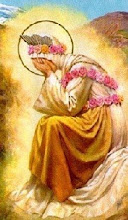
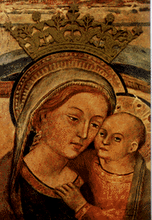
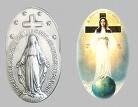

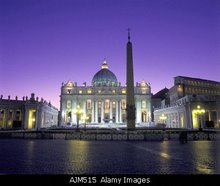

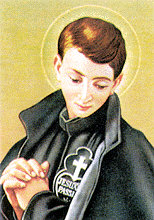
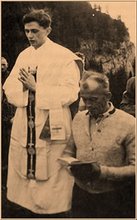
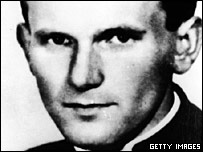
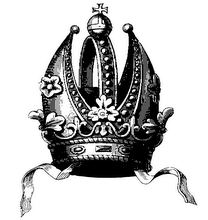
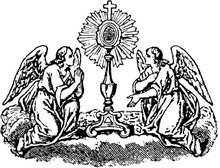
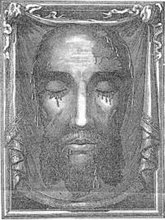
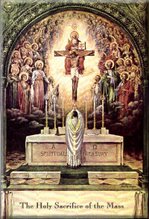

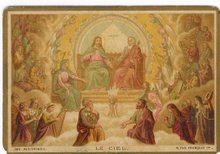

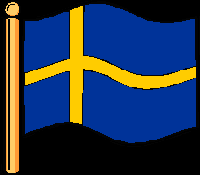

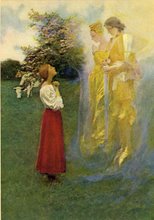
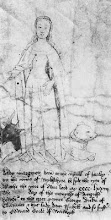01.jpg)


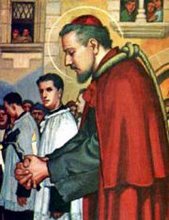

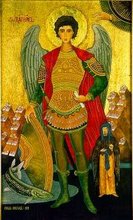

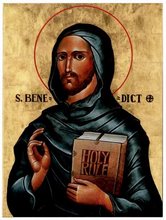


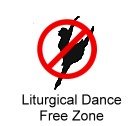

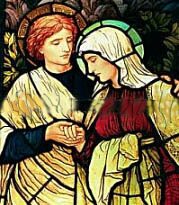

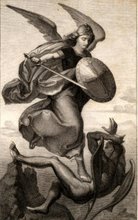


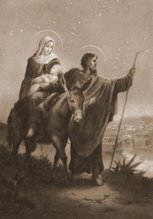
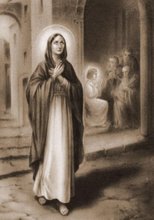
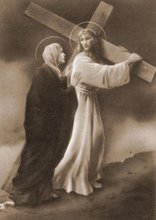
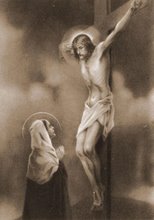
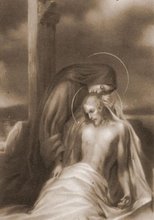
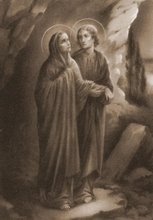
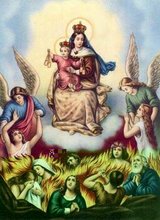
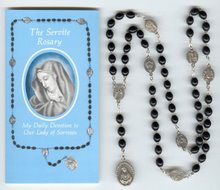
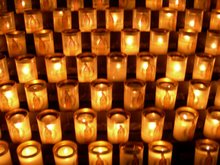
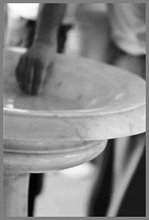
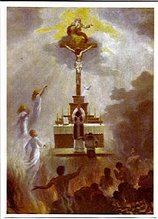
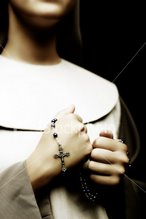

No comments:
Post a Comment